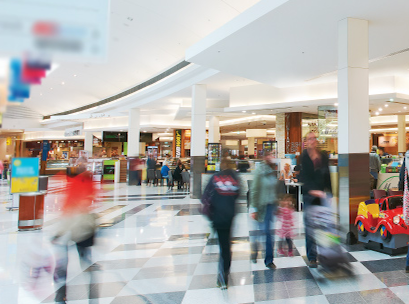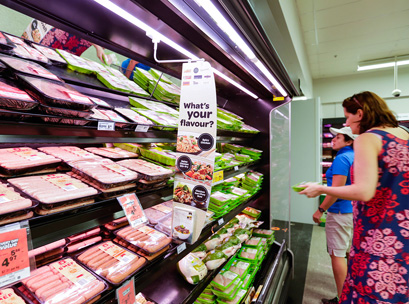 Retail malaise has been blamed for a string of consolidation in the sector over the last 18 months, but while new research has revealed that most retailers believe having a unique proposition is important, far fewer say they’ve managed to differentiate themselves.
Retail malaise has been blamed for a string of consolidation in the sector over the last 18 months, but while new research has revealed that most retailers believe having a unique proposition is important, far fewer say they’ve managed to differentiate themselves.
Commonwealth Bank’s latest retail insights survey has found that only one in five local retailers believe they are highly differentiated from their competitors, while the majority (59 per cent) feel that they have only managed to moderately stand-out.
That’s despite 86 per cent of some 500 local retailers surveyed by CBA saying that having a unique customer proposition is important.
The findings are the latest in an alarming string of analysis into Australia’s retail market that’s found many brands are struggling to stand-out from the crowd at a time when consumers are increasingly looking for unique experiences.
Only eight per cent of 1,314 per cent of consumers surveyed by CBA in February said they thought retailers to be highly differentiated, while only one in two consumers said they don’t think retailers are differentiated at all.
According to Jerry Macey, CBA’s national manager of retail, the small portion of brands that have managed to find a unique customer proposition have a much more bullish sales outlook, with 55 per cent expecting at least a six per cent increase in sales over the next 12 months.
“While developing a point of difference is clearly important for retailers to attract shoppers and increase sales in a competitive market, it appears that only a small number of retailers are truly unique in the eyes of Australian consumers,” Macey said.
Shoppers thought food and liquor retailers were the worst offenders, with 61 per cent saying they felt there was no differentiation between traders in the category – an assessment that only 23 per cent of retailers agreed with.
More than half of shoppers (52 per cent) said they felt there was no difference between homewares and hardware retailers, recognized by only 18 per cent of retailers from that category who participated in the survey.
The gap is indicative of a mismatch in what consumers are experiencing and retailers believe is occurring in the market, but consumers said they were willing to vote with their wallets. 55 per cent said differentiating factors like delivery, returns and integrating inventory systems would influence their purchasing decisions.
“While most shoppers agree that a unique selling point based on price, location and product quality could attract them to a particular retailer, only a small number of retailers can successfully differentiate in these areas and this may be dependent on their retail category,” Macey said.
“While most shoppers agree that a unique selling point based on price, location and product quality could attract them to a particular retailer, only a small number of retailers can successfully differentiate in these areas and this may be dependent on their retail category.”
Shoppers said store location (68 per cent) and price (65 per cent) were the two most important factors when selecting one retailer over another.






